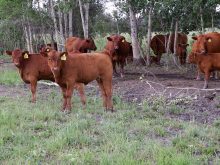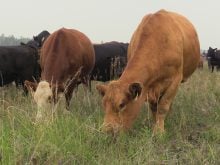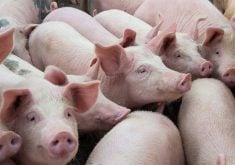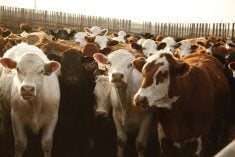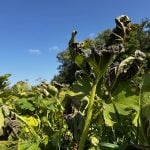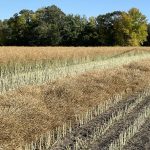Lots of comparisons can be made between raising bison and cattle. Some things are easier, some things are harder.
But every year, I hear of new issues in the bison herds, involving animal deaths, loss of productivity or reproductive failures.
One very good thing about the bison industry is it is a close-knit group of producers many of whom are cow-calf to finishers.
With the bison industry being young, sharing of information on health, animal welfare, fencing, handling, handling facilities, feeding and marketing is common.
Read Also
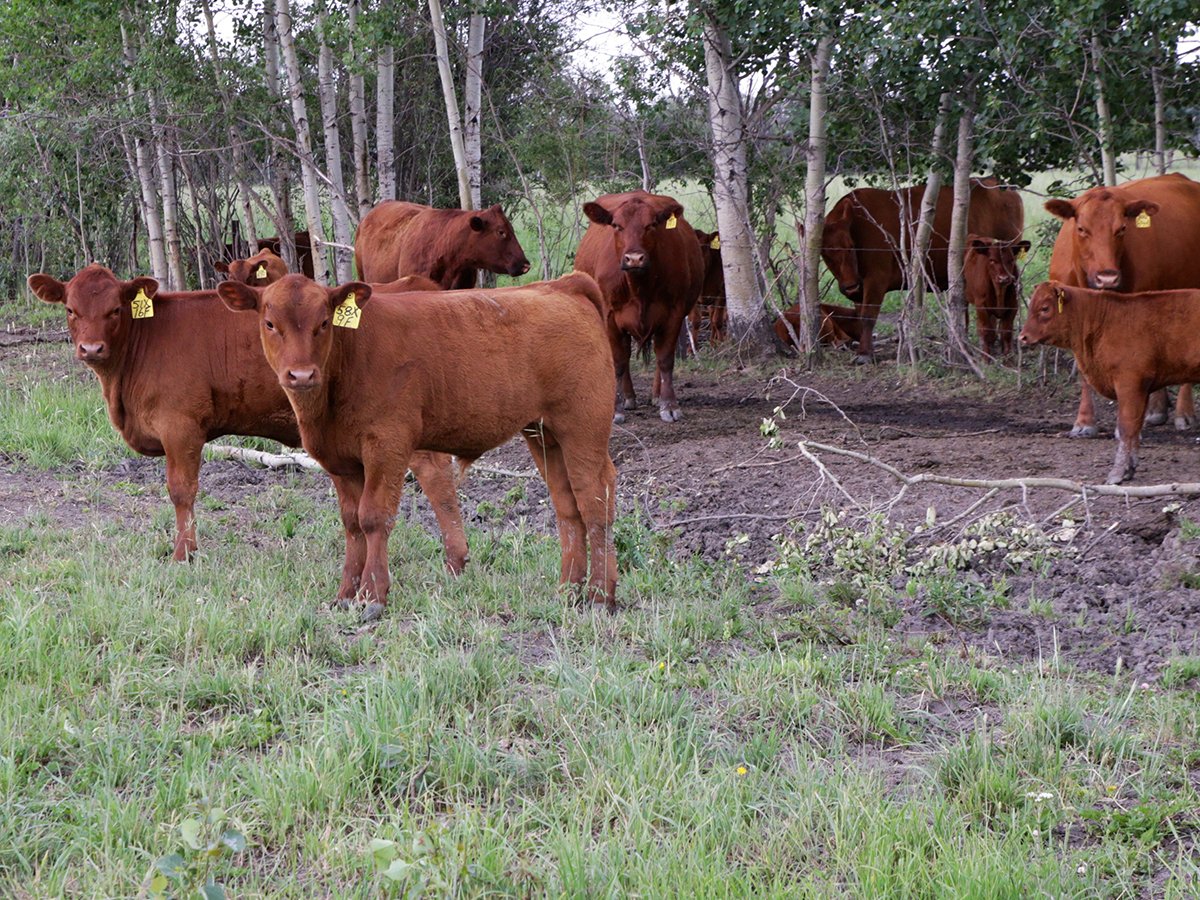
Feeder market continues the climb
For the week ending Aug. 30, Western Canadian feeder cattle markets traded $4-8 per hundredweight higher on average.
There is good mentorship available from existing breeders and that leads to ideas on marketing.
There are only a handful of bison marketers in Canada so a close group has developed. There are also only a few veterinarians that do more than a handful of bison work but they generally are located close to where a lot of bison are raised.
Bison generally don’t have a long list of health concerns and that is evident by the fact that clostridial and anthrax vaccines are the only ones routinely administered, and the latter vaccine only where anthrax is endemic. Some producers may add respiratory pathogen vaccines as their veterinarians see fit to protect against pneumonia.
The other main health issues bison have are internal parasites, which need a strategic deworming program.
Malignant catarrhal fever from close association with sheep can be an issue. Bison can also be very susceptible to mycoplasma pneumonia. This is especially evident if mycoplasma gets into a naïve herd but once there has been natural exposure, bison seem immune in subsequent years.
Autogenous vaccines have been attempted but in the last few years we have not seen many mycoplasma outbreaks that were experienced in the past. Mycoplasma spread about a decade ago and now it is rare to experience bigger outbreaks. There is no reliable vaccine for cattle so it is not surprising in bison as well.
Since bison are usually only processed once a year we have figured out more remote methods to treat them. Dewormers can be added in feed, minerals or water, and antimicrobials can be added into minerals or, in last resort cases, given by a dart gun.
We probably check for fecal counts more in bison production to insure dewormers are working well.
Keep in mind that bison treatments are by prescription and withdrawal times must be properly researched.
Producers should pay attention to the feeding of minerals because mineral deficiencies can occur in bison, such as with copper, selenium and iodine.
As with cattle, water quality should be considered because minerals competing with copper or total dissolved solids can lead to poor weight gains or even dead bison in severe cases. It is always good to have some way to monitor water pumps, solar panels and other critical equipment to make sure water is in constant supply.
Bison are not castrated and are rarely given antibiotics.
They appear very resistant to lice but have seen other parasites, such as ticks and liver flukes so keep your eye out for them. I have seen coccidiosis in recently weaned calves and again I can’t stress enough about internal parasites and their control.
In production units, most producers pregnancy check their cows at least every second year and likewise semen test their bulls. Young bulls just about to be introduced and the dominant old herd sire are the most worthy to semen test. While the cow-to-bull ratio was once thought to be about 10 to 1 most breeders now run about 20 to 1.
Handling facilities for bison need to be substantial but the commercially made ones are generally safe for both handler and bison.
Dehorning is rarely carried out on bison, castration only on those destined to be mascots, and branding is almost never done any more. The three procedures we sometimes struggle to get maximal pain control in cattle are hardly ever done in bison.
Other conditions such as bloat and grain overload are rare but do happen. Diarrhea-causing diseases such as Johne’s can occur so diarrhea and weight loss should be studied to determine a cause.
I have never seen instances of infectious bovine rhinotracheitis or bovine viral diarrhea in bison, although they can occur.
Information sources, such as the bison breeders handbook and presentations on bison are available at the national and regional yearly meetings shows and sales.
If you are interested in getting into bison production, talk to a producer but also be comfortable in knowing they are dealing with many of the same issues cattle producers deal with across the country.
Roy Lewis works as a veterinarian in Alberta.



